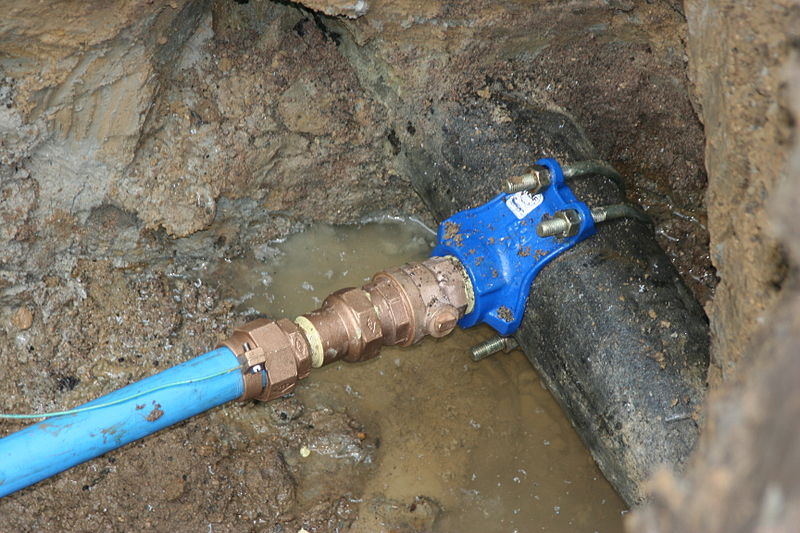
Contaminants Can Seep into Drinking Water Via Leaky Pipes
By Dan DeBaunShare
A new study conducted by engineers from the University of Sheffield, England, has proven conclusively that pollutants can enter water pipes via leaks to be transported throughout the distribution network.
The high pressure usually associated with water mains can force water out of leaks in the pipes, but typically prevents foreign matter from entering. However, when the pressure drops significantly as a result of a damaged pipe section, any water that has accumulated around the outside of the faulty pipe may be drawn back in through any holes that are present.
It was previously thought that when this occurred, only clean, uncontaminated water that had leaked out of the pipe would be drawn back in, and should any pollutants be present, they would be expelled as soon as the pressure built up again. This new study shows that groundwater surrounding the pipe, which may contain pollutants that can be harmful to human health, can be drawn into the water pipe, where it remains and is distributed throughout the network.
A dynamic drop in water pressure occurs when there is an abrupt change in water flow speed. This can be the result of pump or valve failures, or due to a surge in demand for water, for example when a large volume of water is extracted by firefighters fighting a blaze.
"Previous studies have shown that material around water pipes contains harmful contaminants, including viruses and bacteria from feces, so anything sucked into the network through a leak is going to include things we don't want to be drinking," said lead researcher, Professor Joby Boxall. "Many of us will have had a 'dodgy tummy' in the past that we couldn't quite explain, often putting it down to something we'd eaten. It now seems possible that some of these illnesses could have been caused not by food, but by water."
The study made use of a purpose-built water network consisting of 141 meters (463 feet) of water mains piping maintained at a pressure similar to that used in UK water networks. A damaged section of pipe was surrounded by a box filled with grit into which the engineers injected a pigmented dye to serve as the contaminant.
When the leaky section of pipe was subjected to a sudden drop in pressure, as much as 60ml of the colored water was sucked into it. The researchers were able to detect the dye when it reached the end of pipe network 70 meters (230 feet) further down the line, proving that pollutants remain in the water to be transported throughout the network.
"Our research shows that contaminants that enter through a leaking pipe could be reaching consumers' taps, and although this will be at very low concentrations, it would fail the safety tests if detected," said co-researcher Dr Richard Collins. "We also believe that microorganisms, including pathogens, which enter the network in this way could attach to the inner surface of the pipe and multiply. If they are later dislodged by another change in flow, they could then reach our taps in higher concentrations."
While we can cannot be certain how often dynamic water pressures drop low enough to result in drinking water contamination as water distribution systems around the world are not monitored frequently enough, limited studies that have been conducted in the Unite States indicate that such pressure drops occur regularly.
The United Kingdom water regulator considers leaks with the UK water distribution network to be economically sustainable, meaning that the value of the lost water is less than what it would cost more to find and repair the leaks. The focus is now on reducing the drastic changes in water pressure that develop as a result of these leaks.
-
Regular price From $302.00 USDRegular priceUnit price / per
-
Regular price $234.00 USDRegular priceUnit price / per
-
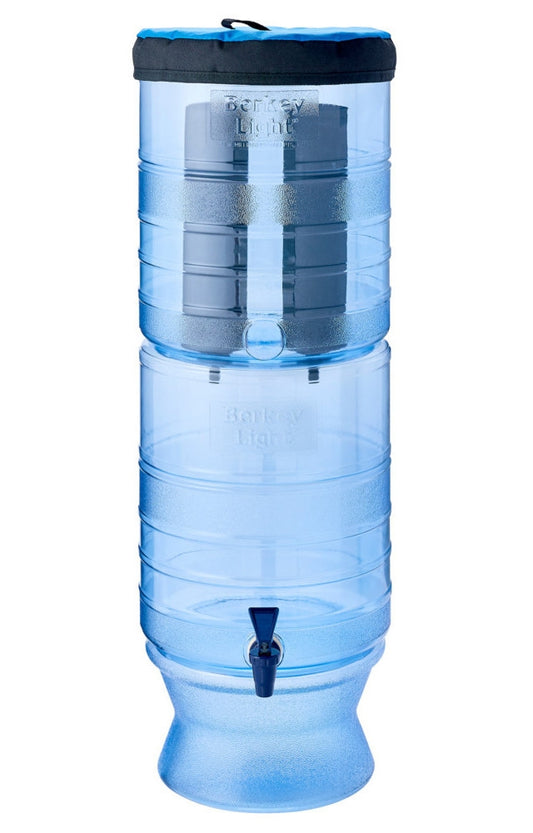
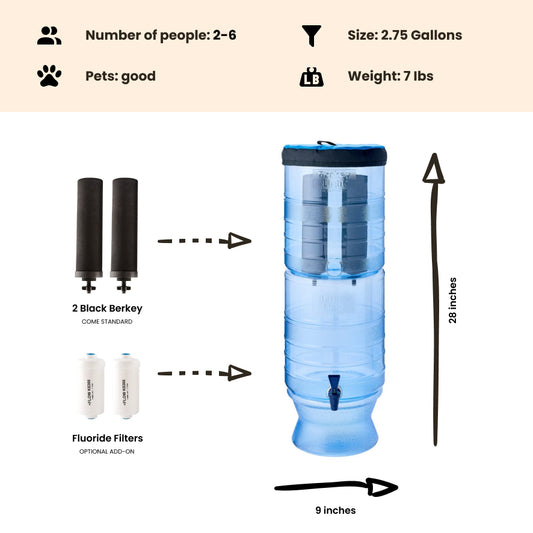 Sold outRegular price From $305.00 USDRegular priceUnit price / per
Sold outRegular price From $305.00 USDRegular priceUnit price / per -
Regular price $327.00 USDRegular priceUnit price / per
-

 Sold outRegular price From $367.00 USDRegular priceUnit price / per
Sold outRegular price From $367.00 USDRegular priceUnit price / per -
Regular price From $408.00 USDRegular priceUnit price / per
-
Regular price From $451.00 USDRegular priceUnit price / per

Dan DeBaun
Dan DeBaun is the owner and operator of Big Berkey Water Filters. Prior to Berkey, Dan was an asset manager for a major telecommunications company. He graduated from Rutgers with an undergraduate degree in industrial engineering, followed by an MBA in finance from Rutgers as well. Dan enjoys biohacking, exercising, meditation, beach life, and spending time with family and friends.
~ The Owner of Big Berkey Water Filters


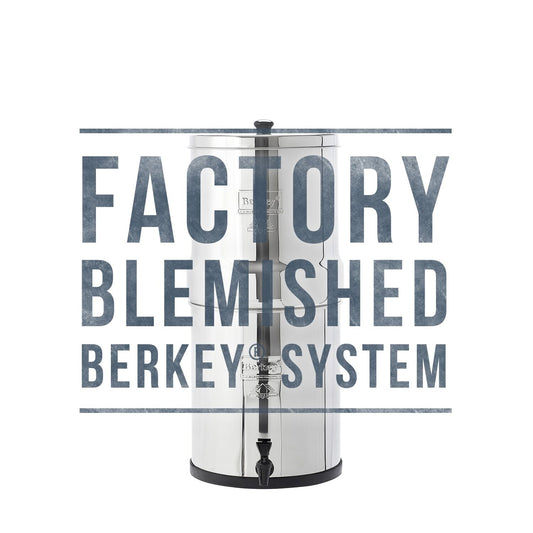
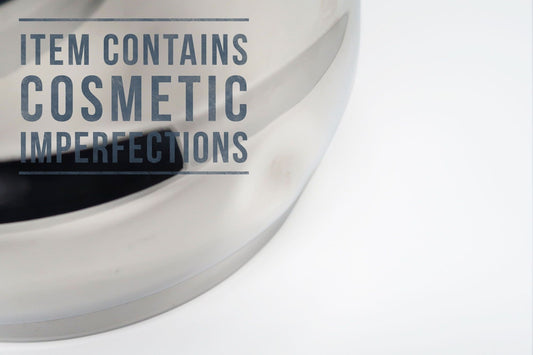








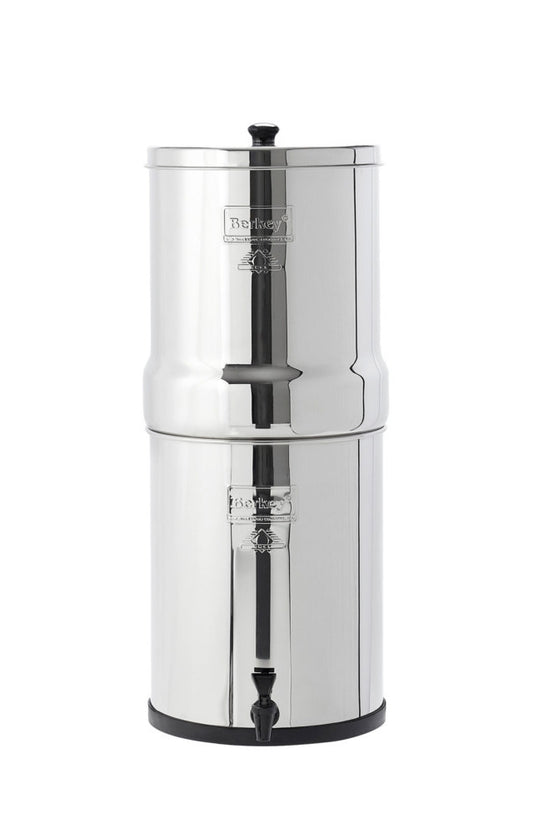
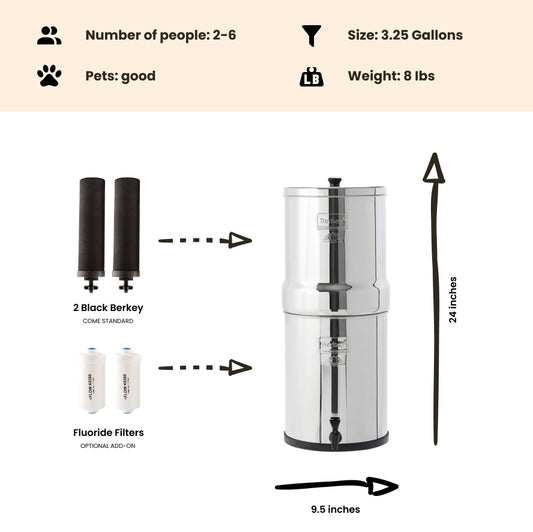



To Whom It May Concern:
It's possible that others as ignorant as I will read the above article and come away a bit frustrated, as have I. Nowhere does it say in it, that I could find, that Berkey fixes this problem. I have quit assuming such things and believe I am not alone. So, suggestion: include the information that Berkey is INDEED the best solution for such a problem...if that is the case.
Thanks,
Darlene
Hi Darlene -
There is a potentially large range of chemicals and contaminants that may be in the ground and seep into a water distribution pipe breach. As a result we, nor any other water filter company, could or should make a blanket statement regarding providing ultimate protection. While the Berkey removes more than other filters on the market, and would protect against bacteria and many chemicals and contaminants, we would need to know what the contaminant specifically was so that we could cross reference this against the testing results, and provide an answer as to whether the Berkey would filter it out.
Thanks
Dan